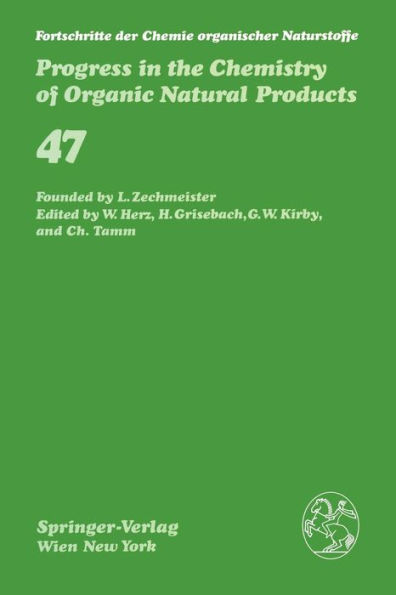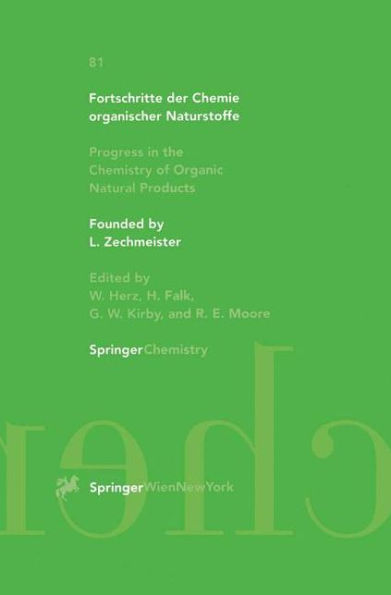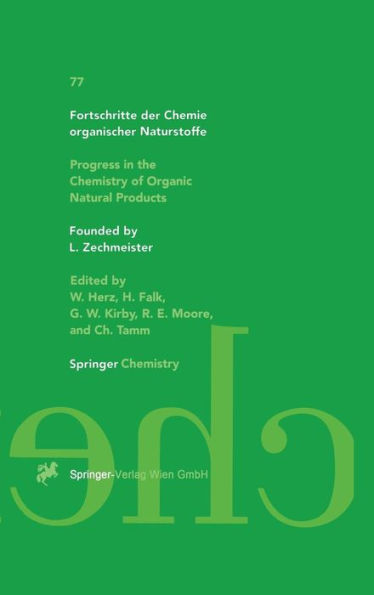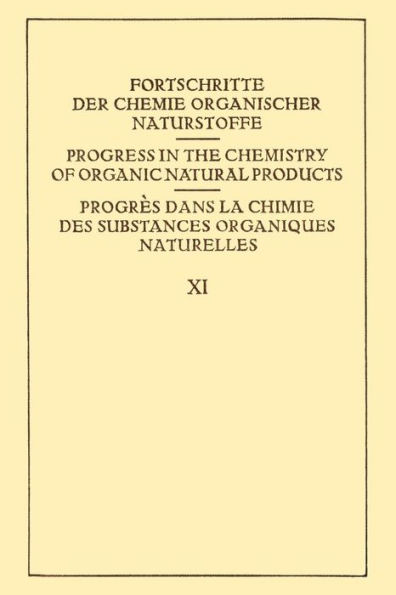Home
Fortschritte der Chemie organischer Naturstoffe / Progress in the Chemistry of Organic Natural Products
Barnes and Noble
Fortschritte der Chemie organischer Naturstoffe / Progress in the Chemistry of Organic Natural Products
Current price: $54.99


Barnes and Noble
Fortschritte der Chemie organischer Naturstoffe / Progress in the Chemistry of Organic Natural Products
Current price: $54.99
Size: OS
Loading Inventory...
*Product information may vary - to confirm product availability, pricing, shipping and return information please contact Barnes and Noble
More than ten years have elapsed since the publication of a comprehensive review on the quassinoids, the bitter principles of the Simaroubaceae family (80). Interest in these terpenoids has increased enormously in recent years due in part to the finding of the American National Cancer Institute in the early 1970s that these compounds display marked antileukemic activity. Furthermore, a wide spectrum of other biological properties for the quassinoids has been discovered and studies on chemical modifications of inactive members to yield biologically active ones were undertaken. New structures have been established also and numerous synthetic approaches have been developed which include the total synthesis of the parent compound, quassin (p. 250) and also that of castelanolide (p. 253). It is intended that this present chapter will be an extension of my first review in this series and will contain references up to September 1984. A short article on some aspects of this subject was published recently (81). II. Quassinoid General Features In reviewing the essential features of the quassinoids, the new structural types discovered during the last decade will be emphasised. The quassinoids can be divided into distinct groups according to their basic skeletons. The five skeletons observed are presented on Chart 1.











